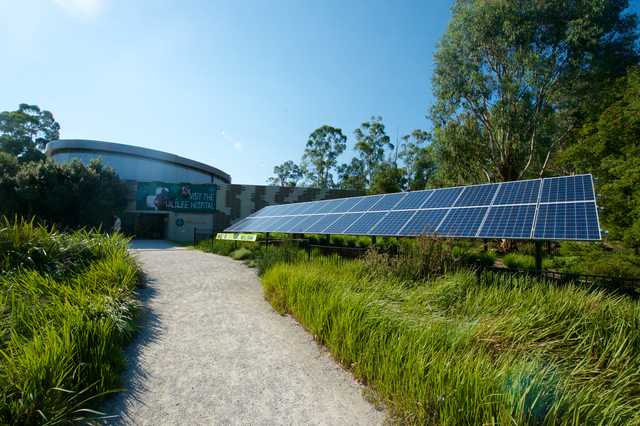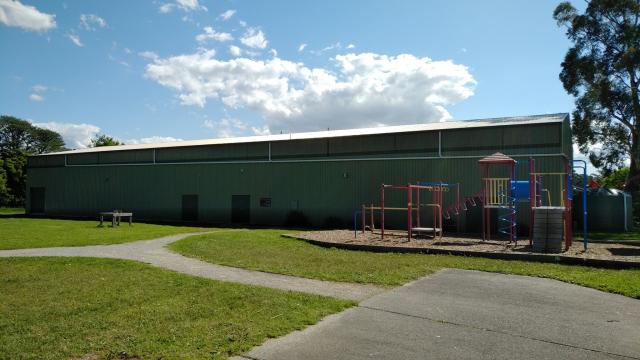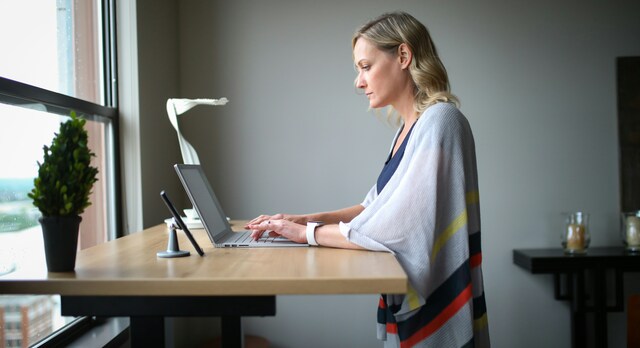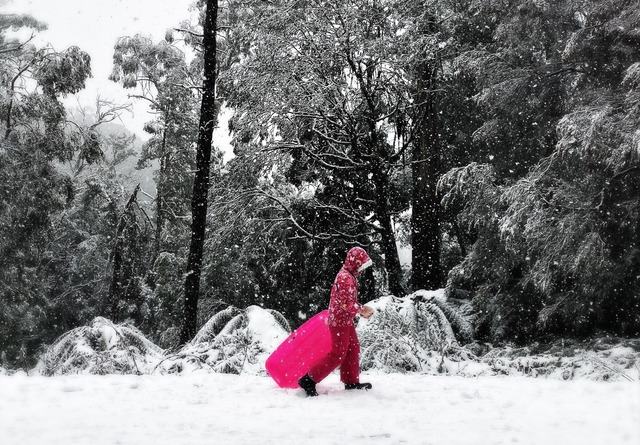Healesville Sanctuary is looking forward to increasing its capacity to care for native animals through the renovation of its Australian Wildlife Health Centre (AWHC).
AWHC is one of Australia’s biggest native wildlife hospitals, treating over 2000 patients each year, including animals inside and outside of the sanctuary.
The AWHC’s contribution to animal welfare marks its 20th anniversary at the end of this year, as it was officially opened in December 2005.
AWHC manager Gerry Ross said the renovation will enable the team to do what they need to do behind the scenes.
“Our team has grown quite significantly over the last 20 years since the centre has been as it is now,” she said.
“We now have a team of 22 staff, and there’s just not enough space for the team, so it will allow more office capability for the team.
“And we’ll end up having an ICU (Intensive Care Unit) ward at where the office space currently is, for our wildlife cases, our sanctuary cases, and then also a waiting room area for our wildlife carers who visit us.”
WHC has been central in saving wildlife in multiple events, from local to other regional communities, including the recent wild bird poisoning in Springvale South and the 2019-20 Black Summer bushfires.
“We have always played a vital role in helping protect wildlife and rehabilitate wildlife to get them back out into the wild again, so we feel that we’ve been very involved in that space for a very long time,” Ms Ross said.
“We also assist with disease surveillance of wildlife, so we have a wide range of things that we do.
“If someone did report mass mortality in something, then we are able to assist with the investigation. That’s usually not just us alone in those investigations, but we work very closely with the department and other organisations to manage wildlife disease in a best way.”
The renovation is expected to be completed soon, as the new office building is planned to be craned in on Tuesday 5 August, after being built off-site.
“The building has been built off-site and is coming to us in seven different modules, and we’ve done that to try and make sure that we reduce the disruption to the hospital and also to our local community,” the manager said.






